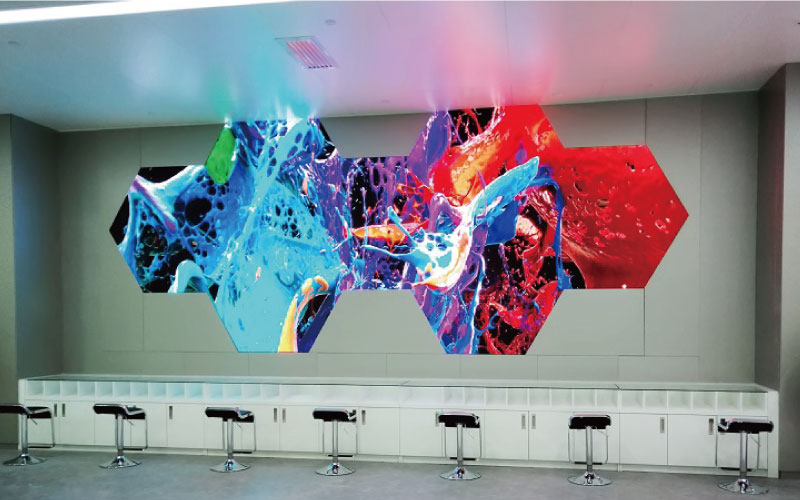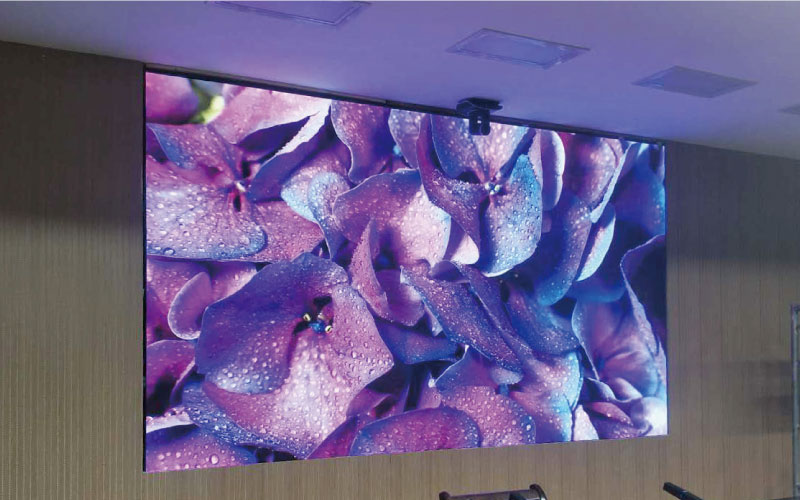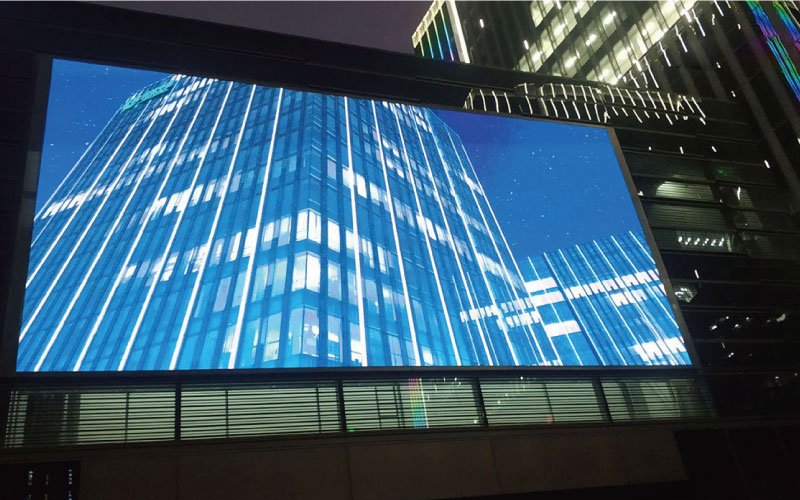



The penetration of LED technology is similar to that of most technologies; with the maturity of new technologies increases and the costs of making it industrialized decrease, the application of its end products will also be on the increase. In addition, LED display technology has also begun to develop towards fine pitches and its applications are becoming more diverse than before.
The LED display technology has evolved from 1080P to 4K, and then gain to the 8K in a considerable short time; with the expansion of the panel size, the demand for higher resolution, thinner and lighter, and high-dynamic HDR displays has gradually increased recent years.In addition, the display technology of the panel has gradually shifted from the traditional backlight to the autonomous light-emitting mode, and the research in the field of LED technology has become the mainstream direction of the current LED market.
With the continuous improvement of the technology and the continuous upgrade of R&D research efforts, LED pitch can be achieved below 1mm in products. According to the general consensus in the LED industry, LED displays with a dot pitch of less than 2.5mm can be defined as small pitches or fine pitch,which is becoming more and more omnipresent recent years in a lot of commercial settings.



As for Micro LEDs, the pitch is required to be less than 0.01mm, and the chip size is less than 0.05mm; while the spacing requirements and chip size of Mini LEDs are between small pitch LEDs and Micro LEDs. Micro LEDs and Mini LEDs are the future trends that are expected to fill up the gap where fine pitch could not cover up in areas where much smaller pitches are needed.
Micro LED is the extension of the LED industry. It is similar to the traditional technology in the LED chip manufacturing process. It also requires epitaxial wafers, RGB three-color dies and assembly.Although the front-end manufacturing process of Micro LED is similar to that of the panel and IC circuit, it has a huge transfer process-the biggest difficulty in mass production of Micro LED at the moment.Apple once indicated in the future the display technology of its various consumer products will use Micro LED, which made Micro LED instantly popular.
As a transitional application between fine-pitch LEDs and Micro LEDs, Mini LEDs have the advantage that Mini LED backlights could utilize the existing LCD technology and combine with much mature RGB LED technology, to shorten the product launch cycle. Although it is still in the medium-term stage in the production phase, it faces different difficulties that is not as hard to break through compared with Micro LEDs. However, for smooth development of Mini LEDs, the joint efforts are needed from factories such as epitaxial wafers, chips, packaging, substrates, TFT backplanes, driver ICs, and equipment factories.
The possible future development directions of Mini LED is to be applied in multiple applications include TVs, mobile phones, car panels, display screens, etc. It is estimated that the overall Mini LED value in 2023 will reach 1 billion; Among which, LED display screens and large-size TVs will be the mainstream of Mini LED applications.